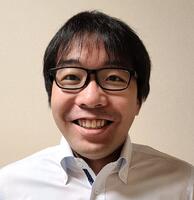Research Experience
-
2025.04-Now
Waseda University Faculty of Science and Engineering Professor
-
2023.04-2025.03
Waseda University Faculty of Science and Engineering Associate Professor
-
2019.04-2023.03
The University of Tokyo
-
2014.04-2019.03
The University of Tokyo Institute of Industrial Science
-
2014.06-2016.03
科学技術振興機構 ERATO竹内バイオ融合プロジェクト 研究総括補佐・グループリーダー
-
2009.04-2011.03
富士フイルム株式会社 メディカルシステム開発センター



Click to view the Scopus page. The data was downloaded from Scopus API in January 12, 2026, via http://api.elsevier.com and http://www.scopus.com .